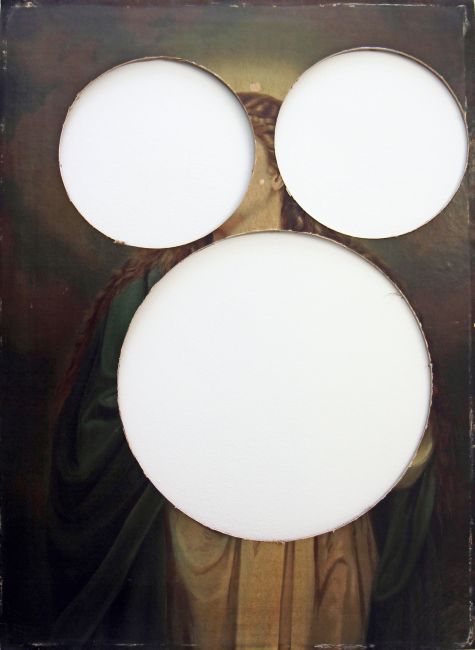My lack of conviction in saying even the most obvious things, or the things I most believe in, works against me at times.
1. 10. 2011 // Jacob Wren // Kategorie Randnotizen 2011Seeing her walking like that I was reminded of those picketers in the United States, usually few in number, who circle round and round in the same spot, as if their protest were a kind of punishment.
– Sergio Chejfec, My Two Worlds
As has happened to me on other occasions, and continues happening to this day, the woman thought it reasonable to ignore me. Something about the way I speak must cause this; its probable that my lack of conviction in saying even the most obvious things, or the things I most believe in, works against me at times.
– Sergio Chejfec, My Two Worlds
When I arrived in Graz I was already reading the novel My Two Worlds by Sergio Chejfec, an Argentinean writer living in Brazil, and yet it wasnt until Thursday, four days later, that I noticed the extreme similarity between the title of the novel and the leitmotif of this years Steirischer Herbst which is of course Second Worlds. My Two Worlds and Second Worlds. A coincidence and, perhaps, also something in the air.
Chejfecs novel follows the author in an unnamed Brazilian city where he has just attended a literary conference, as he wanders aimlessly through a large park. It is an aimless book, brilliantly written and almost sick to death with melancholy. I have not finished it, so I do not yet know what Chejfecs two worlds might be, but my suspicion is that they are the world of literature and everything else. Or perhaps the world of long walks and everything else, since the narrator apparently spends the entire book walking and reflecting.
In a number of the posts over the past week, I have suggested a preference for something fragmented, confusing or mysterious (all words that could accurately be used to describe Chejfecs novel.) Perhaps the world is the one we know all too well and the second worlds are the ones we dont quite know yet, of which we can only catch a glimpse.
And now for a confession. In a previous post where I spoke of the Egyptian film The Night of Counting the Years, I said I found only two fragments of the film on the internet, and that watching these fragments allowed me to construct an imaginary version of the film in my head. At first this was true. My initial search turned up only the two fragments. But a later search, before I posted the final text, turned up the film in its entirety. I (perhaps mistakenly) chose to stay with the fragments, with my partial, fragmentary knowledge, instead of making the jump to something more complete. I cant say exactly why I chose to do this. The obvious reason was it was 3 a.m. and, when I discovered the entire film, it seemed too late to begin watching it. But I dont like that reason, since what is obvious is that my imagined film was alluring to me, and there was anxiety that I would be disappointed by the real thing. That my excitement around the fantasy made me wary of reality.
The second worlds the other worlds that we imagine, have a resonance that reality finds hard to match. But they are also set into motion by fragments, by notions, from that reality. There are many worlds, but catching only a glimpse of them makes their differences more potent, allows us to fill in the rest for ourselves. I love critical art but, as I have learned here in Graz, I am also hungry for mystery, for a way of doing and seeing things that I cant begin to completely understand. The coincidence of Chejfecs title is an arrow pointing towards something. If the book had been recommended to me as research for my visit to Second Worlds, I would not have been nearly as struck by the similarity. What is striking is that for some reason, or for no reason, it just happened. A little bit of knowledge is a dangerous thing.



